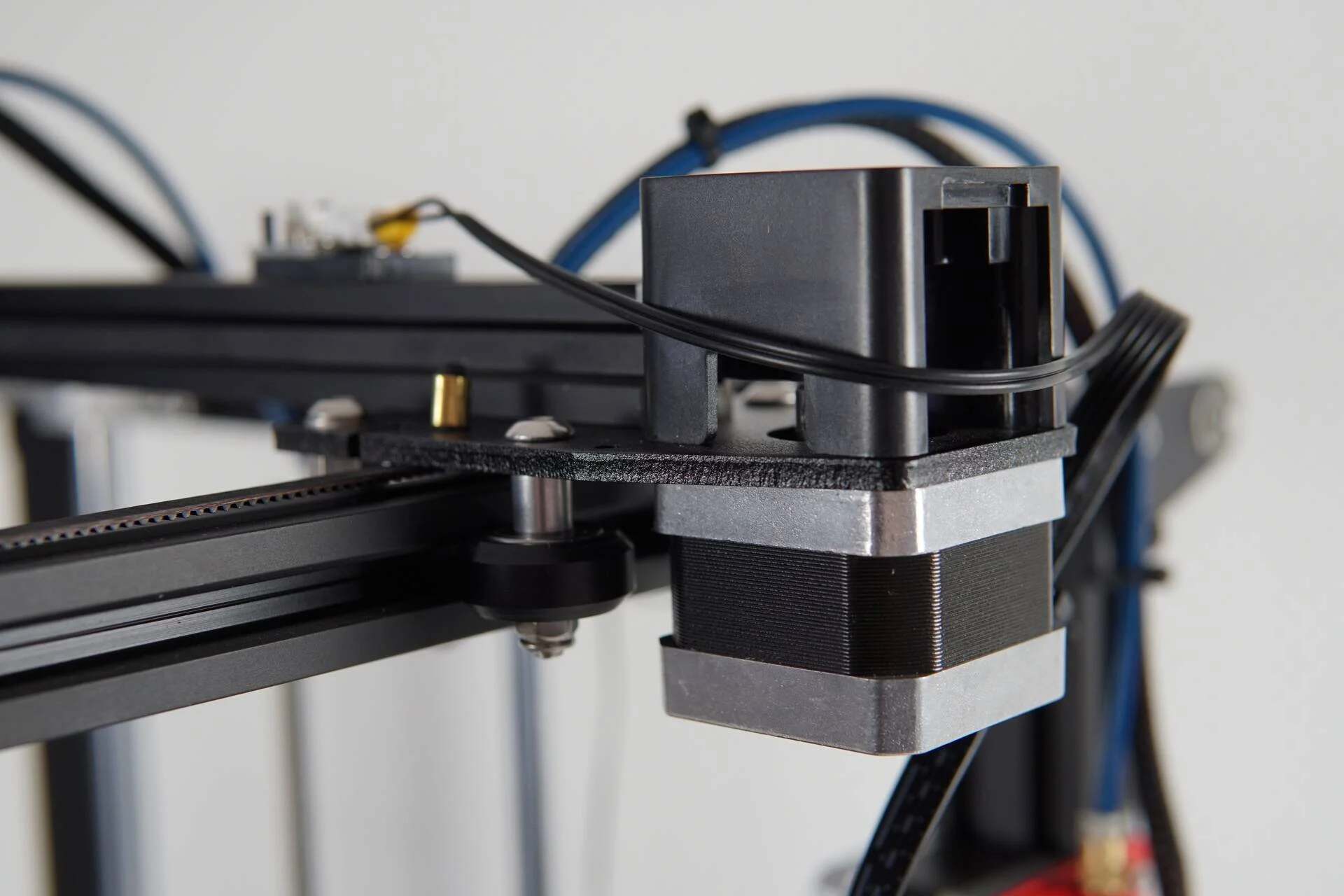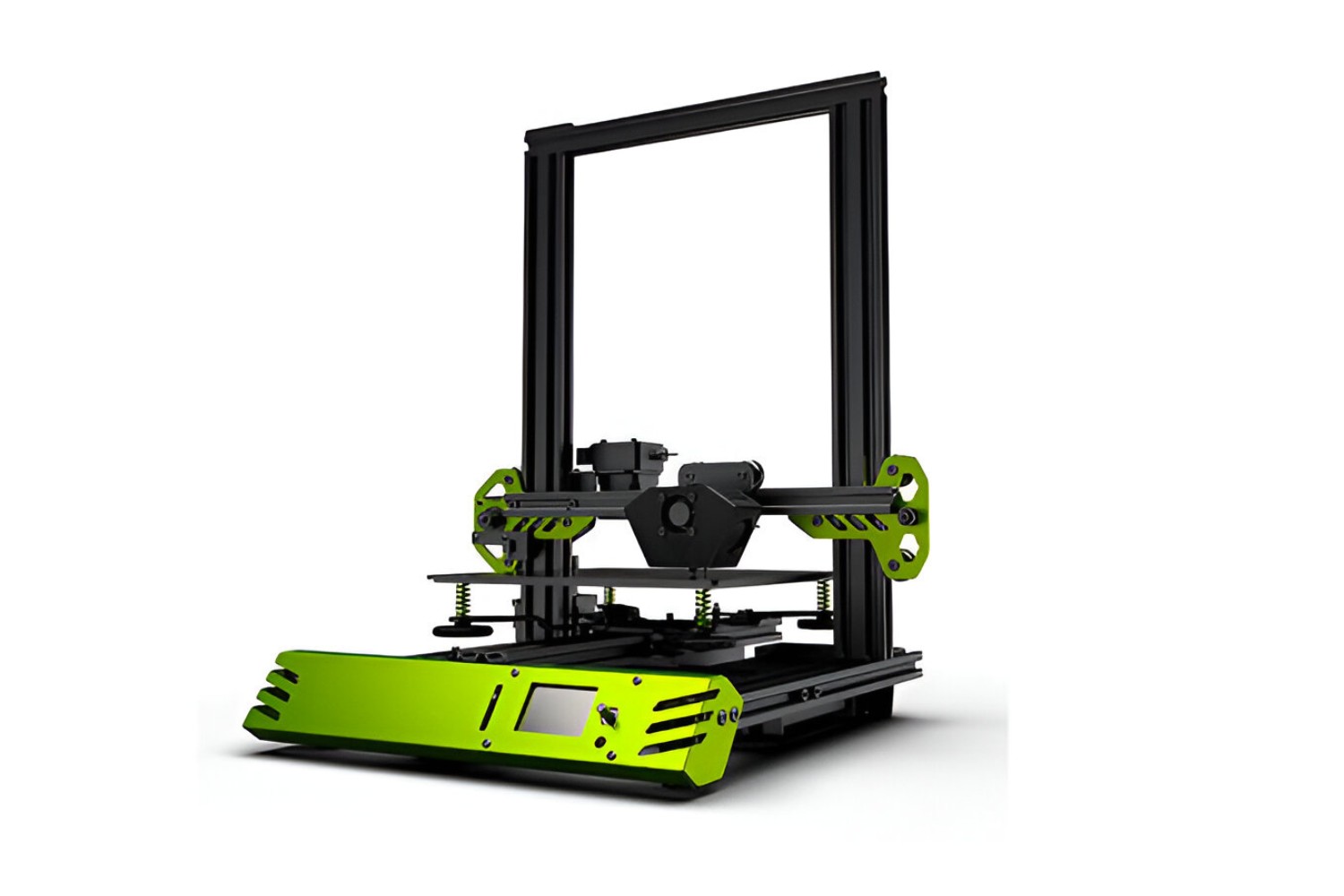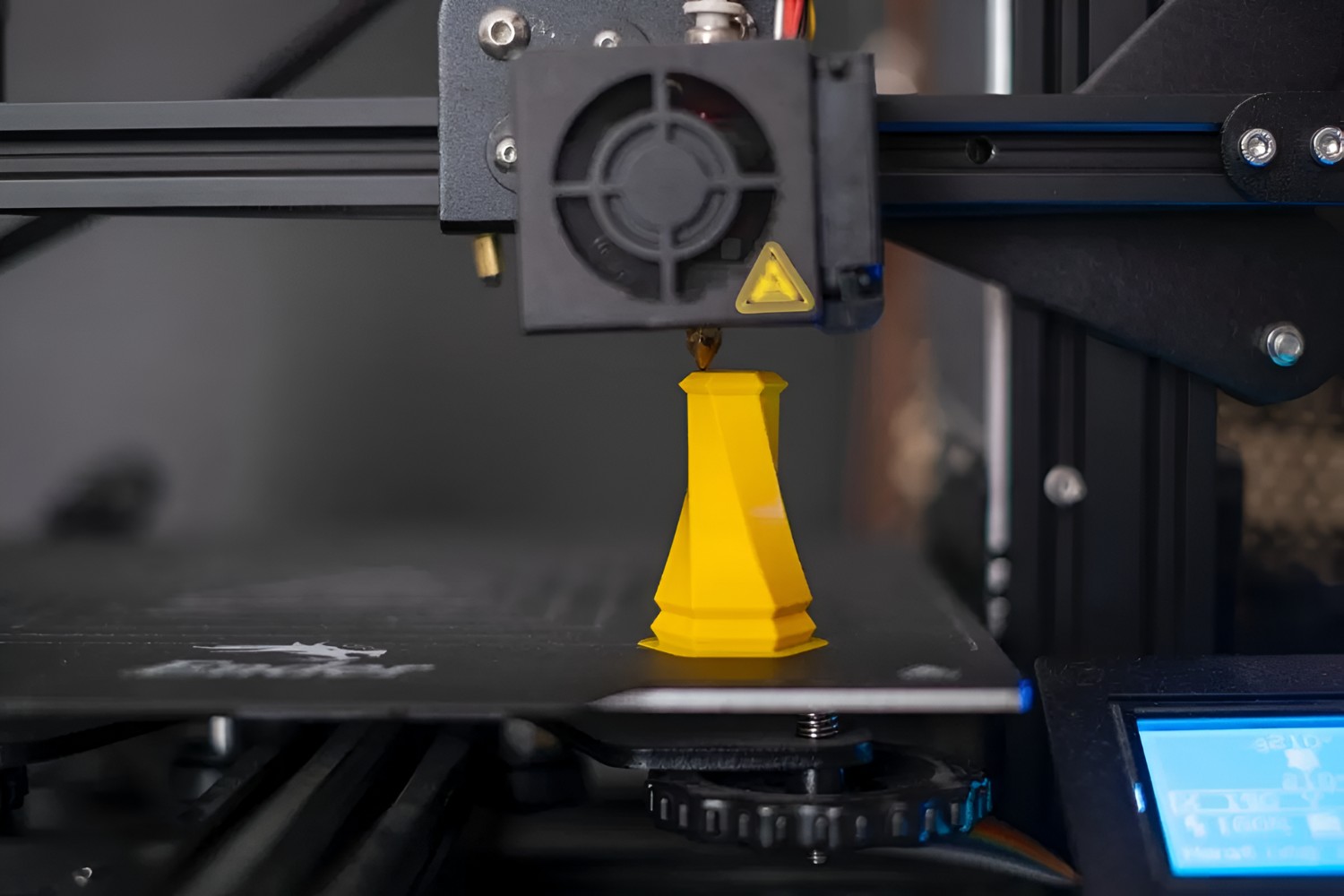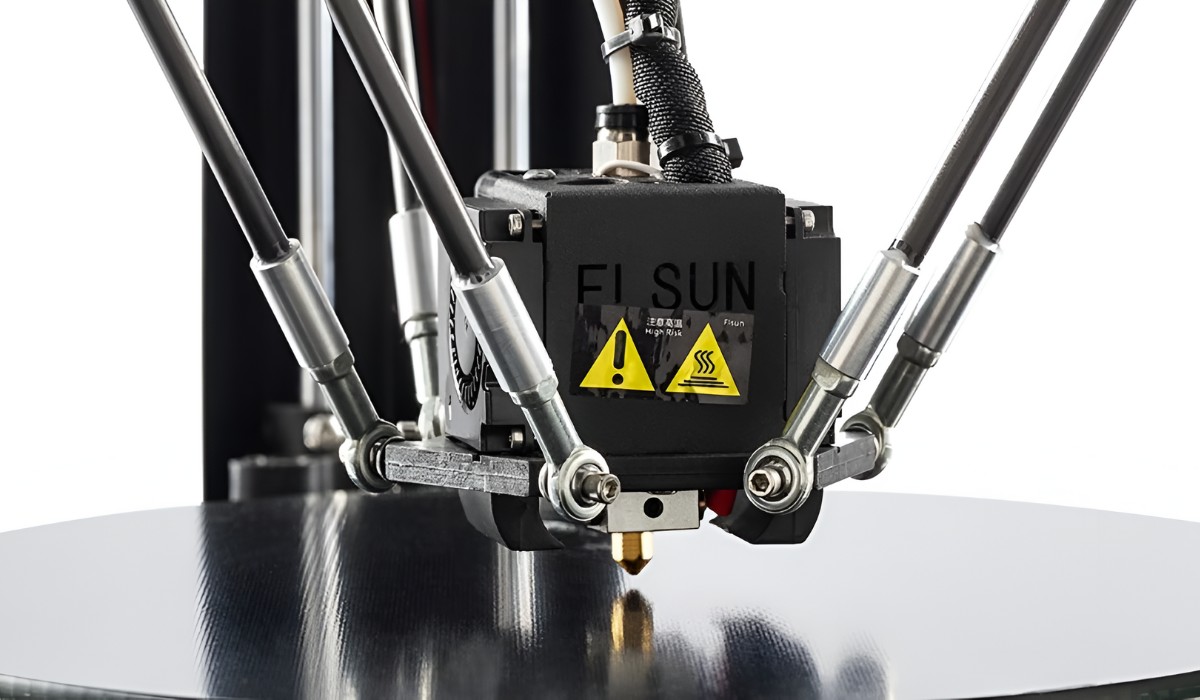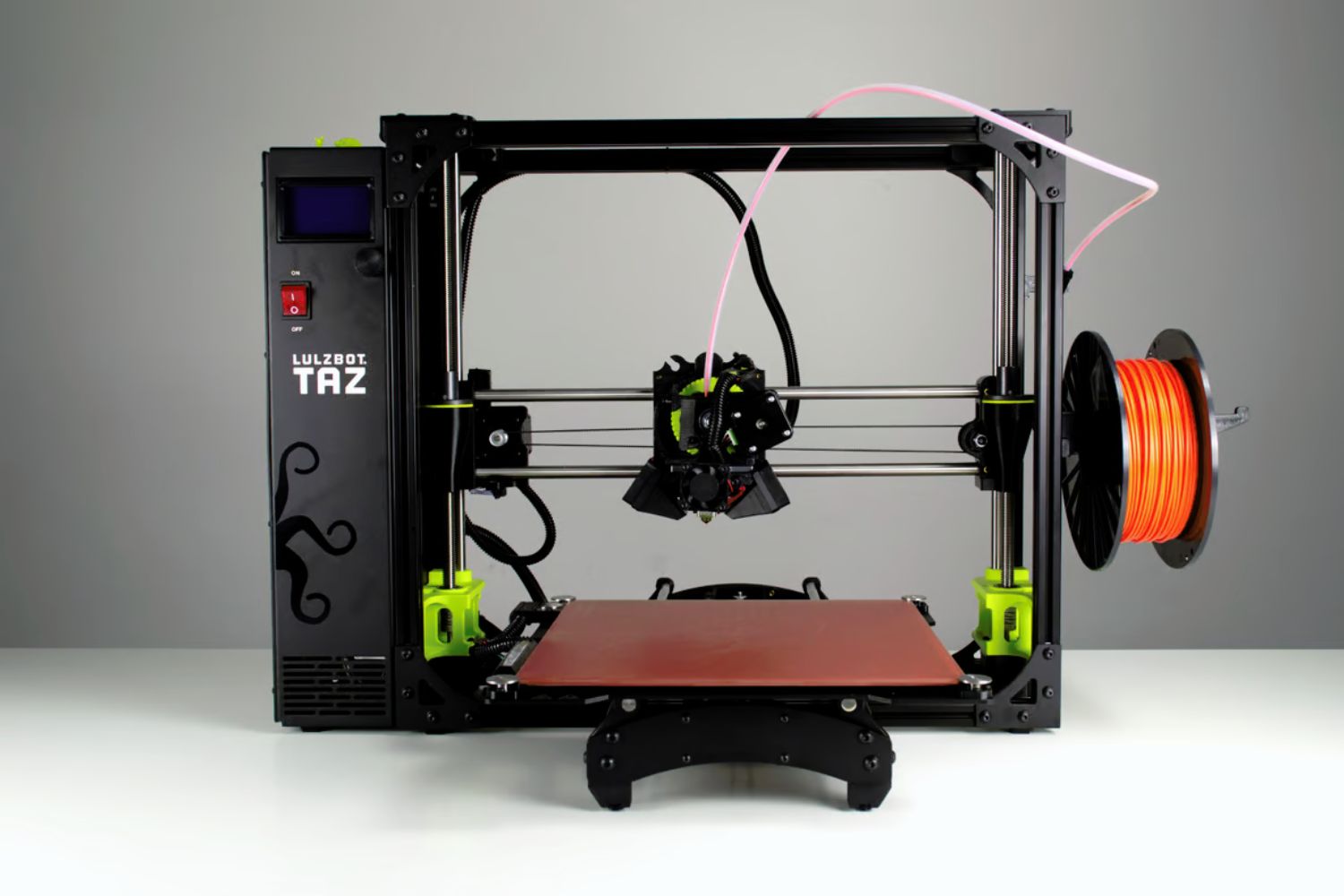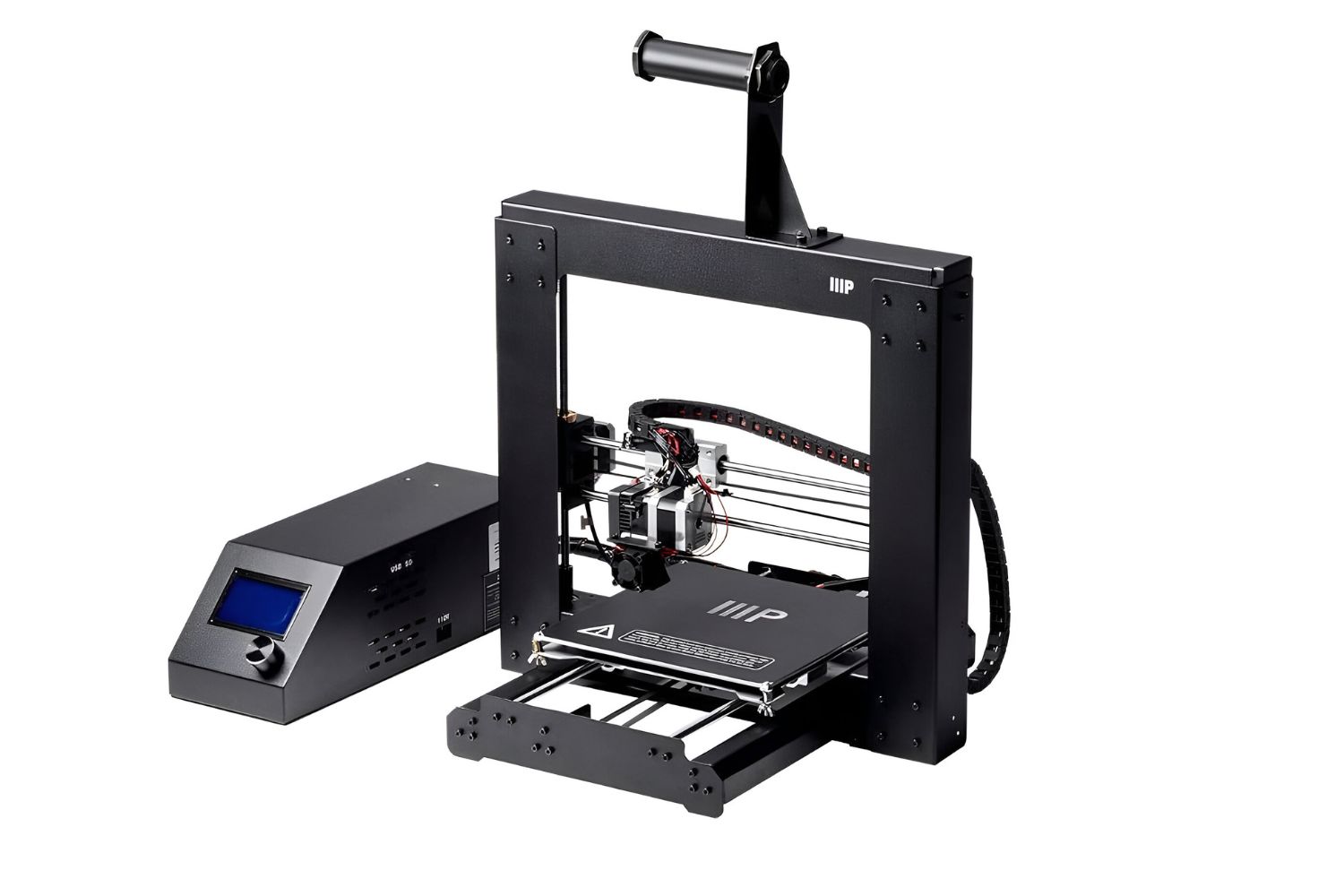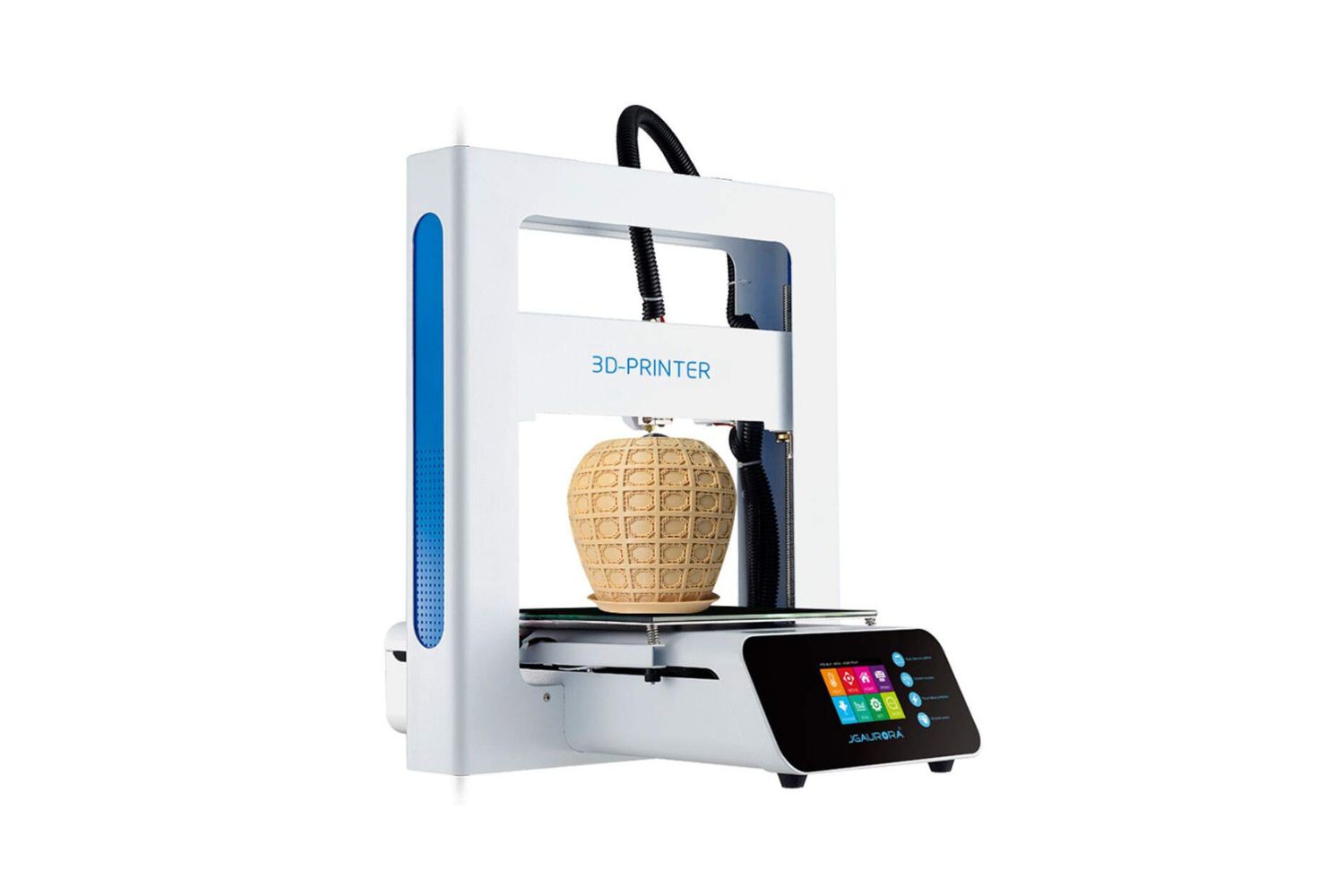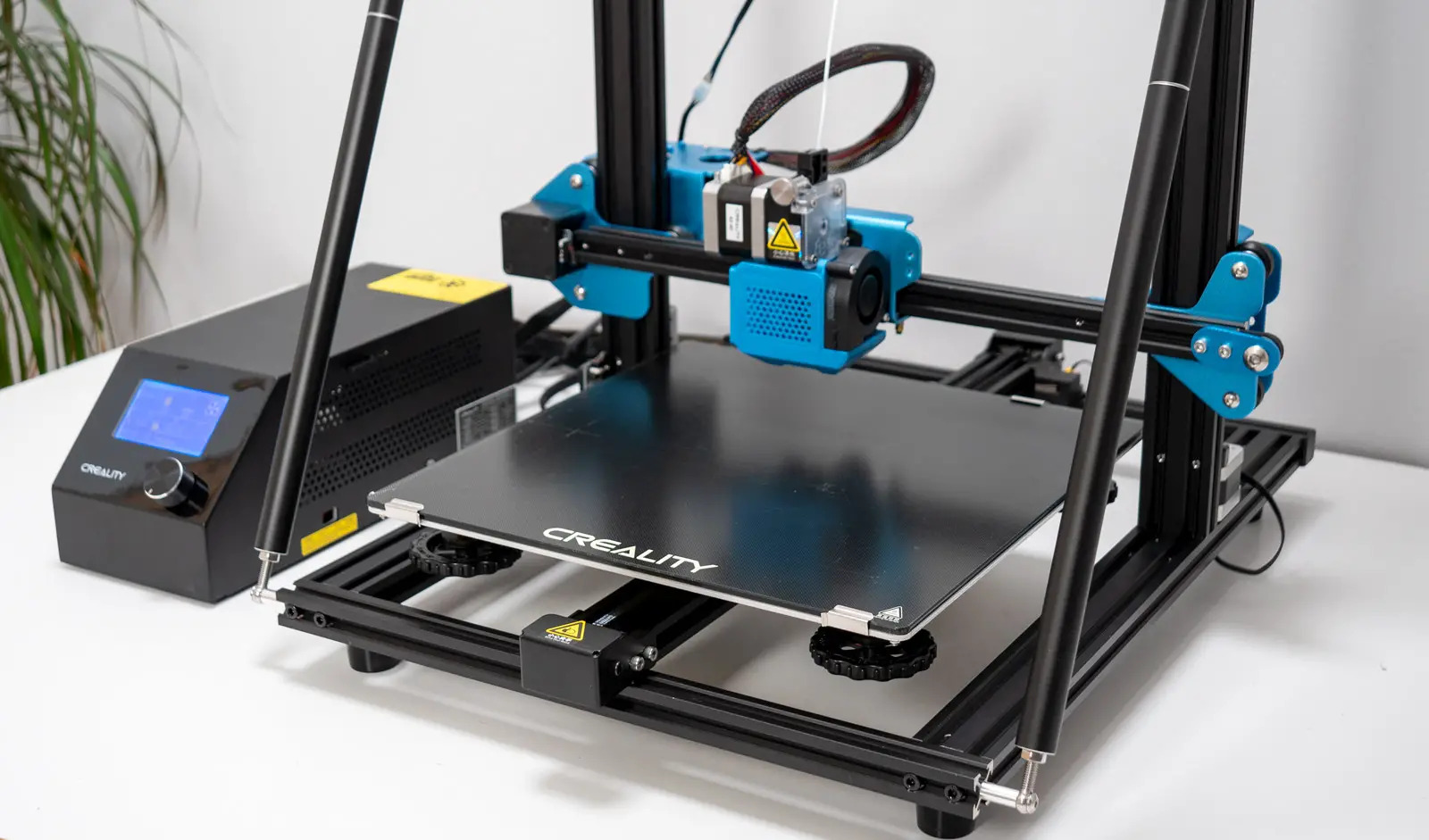Introduction
Welcome to the world of 3D printing, where imagination comes to life in the form of three-dimensional objects. Whether you’re a hobbyist or a professional in the field, understanding the mechanics of a 3D printer is essential to harness its full potential. One crucial aspect of 3D printers is the XYZ Cartesian coordinate system, which allows precise control over the positioning of the print head.
In this article, we’ll dive into the specifics of the X axis on a 3D printer. We’ll explore its importance in achieving accurate and detailed prints, as well as the limitations and considerations associated with this axis. By the end, you’ll have a clearer understanding of the role and significance of the X axis in the realm of 3D printing.
Before we delve into the details, let’s quickly recap the basics of the XYZ Cartesian coordinate system. In this system, the X, Y, and Z axes represent the three dimensions of a 3D space. The X axis is horizontal and typically runs from left to right, the Y axis is vertical and runs from bottom to top, and the Z axis represents the depth or height, running from front to back.
Now that we have a solid foundation, let’s focus our attention on the X axis and its impact on the 3D printing process. Understanding how this axis works and its associated limitations will help you optimize your printing projects and achieve better results.
Understanding the XYZ Cartesian Coordinate System
Before we delve further into the X axis on a 3D printer, let’s take a moment to understand the XYZ Cartesian coordinate system. This system serves as the foundation for precise positioning in the world of 3D printing.
The XYZ Cartesian coordinate system is a three-dimensional coordinate system commonly used in mathematics and engineering. It allows us to define the location of a point in 3D space using three coordinates: X, Y, and Z. The X axis represents the horizontal plane, the Y axis represents the vertical plane, and the Z axis represents the depth or height.
When it comes to 3D printing, the XYZ coordinate system becomes instrumental in guiding the movement of the print head. By specifying the coordinates of a point in 3D space, the printer can accurately position the print head to create intricate layers and build the desired object layer by layer.
For example, if you want to print a cube using a 3D printer, you would need to provide coordinates for each point of the cube’s shape. The printer will then move the print head along the X, Y, and Z axes accordingly, depositing the material in the correct positions to construct the cube layer by layer.
Furthermore, the XYZ coordinate system allows for precise control over each axis’s movements. By adjusting the values of the X, Y, or Z coordinates, you can manipulate the print head’s position and achieve greater accuracy in your prints. This level of control is essential in producing complex and intricate designs with intricate details.
Now that we have a grasp on the XYZ coordinate system and its importance, let’s shift our focus to the specific role of the X axis in 3D printing and understand why it is a vital component in the printing process.
The X Axis on a 3D Printer
When it comes to the XYZ Cartesian coordinate system, the X axis plays a critical role in the 3D printing process. It represents the horizontal movement of the print head, controlling its position from left to right. The X axis is responsible for shaping the object’s width or length during the printing process.
On a typical 3D printer, the X axis is implemented using a motor and a belt or lead screw mechanism. The motor drives the movement of the print head along the X axis, allowing it to travel horizontally across the print bed. This enables the printer to create different dimensions and shapes in the X direction as it builds the layers of the object.
The accuracy and precision of the X axis’s movement are vital for achieving high-quality prints. Any inconsistencies or deviations in the X axis’s motion can result in misaligned layers, skewed dimensions, and overall poor print quality. Therefore, it is crucial to ensure that the X axis is properly calibrated and maintained to obtain accurate and reliable prints.
Moreover, the X axis’s speed and acceleration settings can significantly affect the printing process. Adjusting these parameters can help optimize the print speed and reduce the likelihood of artifacts such as ringing or ghosting in the final print. However, it is important to strike a balance between speed and accuracy, as excessive velocity can lead to unwanted vibrations and compromised print quality.
Additionally, the X axis’s range or travel distance determines the maximum width or length of the objects that can be printed. This range varies across different 3D printers, and it is essential to consider this limitation when designing or selecting objects to print. If an object exceeds the X axis’s range, it will either need to be resized or divided into smaller parts to fit within the printer’s capabilities.
Understanding the X axis’s function and its impact on the printing process allows you to optimize your prints and avoid potential issues. By ensuring proper calibration, adjusting speed settings, and being mindful of the X axis’s travel distance, you can achieve precise and accurate prints that bring your designs to life.
The Importance of the X Axis in 3D Printing
The X axis on a 3D printer holds significant importance in the overall 3D printing process. Its precise control over the print head’s horizontal movement directly affects the accuracy, quality, and dimensions of the printed objects. Let’s explore the key reasons why the X axis is crucial in 3D printing.
1. Dimensional Accuracy: The X axis determines the width or length of the printed objects. By controlling the print head’s movement along the X axis, the printer can create precise and accurately sized objects. This is especially important when it comes to creating functional prototypes or parts that need to fit together seamlessly.
2. Print Quality: The X axis’s smooth and consistent motion is essential for achieving high print quality. Any deviations or inconsistencies in the X axis’s movement can lead to misaligned layers, distorted shapes, and poor surface finish. Therefore, proper calibration and maintenance of the X axis are crucial to ensure optimal print quality.
3. Fine Details and Intricate Designs: The X axis’s precision plays a vital role in printing fine details and intricate designs. It allows the print head to make minute movements, creating intricate patterns or small features with precision. Whether it’s the delicate curves of a sculpture or the intricate textures of a model, the X axis ensures that every detail is accurately reproduced.
4. Printing Speed Optimization: Adjusting the speed settings of the X axis can optimize the printing process. Increasing the speed can reduce overall print time, while decreasing it can enhance the quality of the print. Fine-tuning the X axis speed helps strike a balance between speed and accuracy, ensuring optimal print results for various projects.
5. Compatibility and Expandability: The X axis’s range or travel distance determines the maximum width or length of objects that can be printed. This allows users to understand the printer’s capabilities and design or select objects accordingly. The ability to adjust and expand the X axis’s range opens up possibilities for printing larger objects or accommodating different project requirements.
Understanding the importance of the X axis in 3D printing empowers users to make informed decisions and optimize their printing processes. By paying attention to dimensional accuracy, print quality, fine details, speed optimization, and compatibility, you can achieve remarkable prints that fully embody your creative vision.
X Axis Limitations and Considerations
While the X axis is a crucial component of the 3D printing process, it does come with certain limitations and considerations. Understanding these factors will help you anticipate potential challenges and make informed decisions when working with the X axis. Let’s explore some key limitations and considerations associated with the X axis in 3D printing.
1. Size Constraints: The X axis’s range determines the maximum width or length of objects that can be printed. It is important to be aware of this limitation when designing or selecting objects to print. Ensure that your designs fit within the printer’s X axis range, or consider dividing larger objects into smaller parts to fit the printer’s capabilities.
2. Print Speed vs. Accuracy: Balancing print speed with accuracy is a crucial consideration when working with the X axis. Higher print speeds can reduce overall printing time but may affect print quality, leading to artifacts such as ringing or ghosting. Finding the right balance between speed and accuracy is essential to achieve optimal print results.
3. Rigidity and Stability: The X axis’s stability and rigidity directly impact the print quality and dimensional accuracy. Any excessive vibrations or flex in the X axis can result in misaligned layers and compromised prints. Ensuring that the X axis is properly secured and components are tightened can help minimize unwanted movement and improve print quality.
4. Belt or Lead Screw Mechanism: The X axis is typically implemented using a belt or lead screw mechanism. Each has its advantages and considerations. Belt-driven systems are common and offer smooth and fast movements but may have slight backlash and potential for stretch over time. Lead screw-driven systems provide greater accuracy but may sacrifice some speed. Evaluating the trade-offs between these mechanisms is important when selecting or upgrading a 3D printer.
5. Regular Maintenance: Like any mechanical component, the X axis requires regular maintenance to ensure optimal performance. This includes cleaning, lubrication, and periodic adjustments to maintain proper tension and alignment. Regular maintenance helps prolong the lifespan of the X axis and ensures consistent print quality over time.
6. Calibration: Accurate calibration of the X axis is essential for achieving precise and reliable prints. Calibration involves adjusting the steps/mm or steps per millimeter settings to accurately translate the desired movement into physical displacement. Ensuring accurate calibration helps eliminate dimensional inaccuracies and improves overall print quality.
Considering the limitations and factors related to the X axis empowers users to make informed decisions and mitigate potential challenges. By accounting for size constraints, striking the right balance between speed and accuracy, ensuring stability and regular maintenance, evaluating mechanisms, and maintaining accurate calibration, you can optimize your printing experience and achieve outstanding results.
Conclusion
The X axis plays a crucial role in the world of 3D printing, as it controls the horizontal movement of the print head. Understanding the XYZ Cartesian coordinate system and the specific functions of the X axis empowers users to optimize their printing processes and achieve remarkable results.
We explored the importance of the X axis in achieving dimensional accuracy, print quality, and the reproduction of fine details and intricate designs. Additionally, we discussed the considerations and limitations associated with the X axis, such as size constraints, the balance between print speed and accuracy, rigidity and stability, the choice of belt or lead screw mechanism, regular maintenance, and accurate calibration.
By taking these factors into account, 3D printing enthusiasts and professionals can make informed decisions and overcome potential challenges. Whether it’s ensuring that designs fit within the printer’s capabilities, finding the right speed and accuracy balance, maintaining a stable and well-maintained X axis, or choosing the appropriate mechanism for their printing needs, understanding the X axis is essential for maximizing the potential of a 3D printer.
In conclusion, the X axis on a 3D printer is a vital component that requires careful attention and consideration. By harnessing the power of the X axis and utilizing its capabilities effectively, users can unlock new possibilities and bring their creative visions to life with precision and accuracy.







